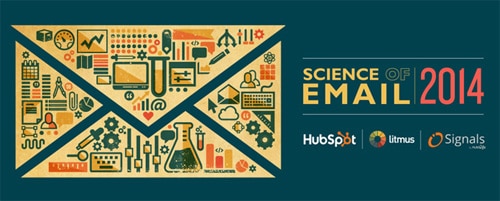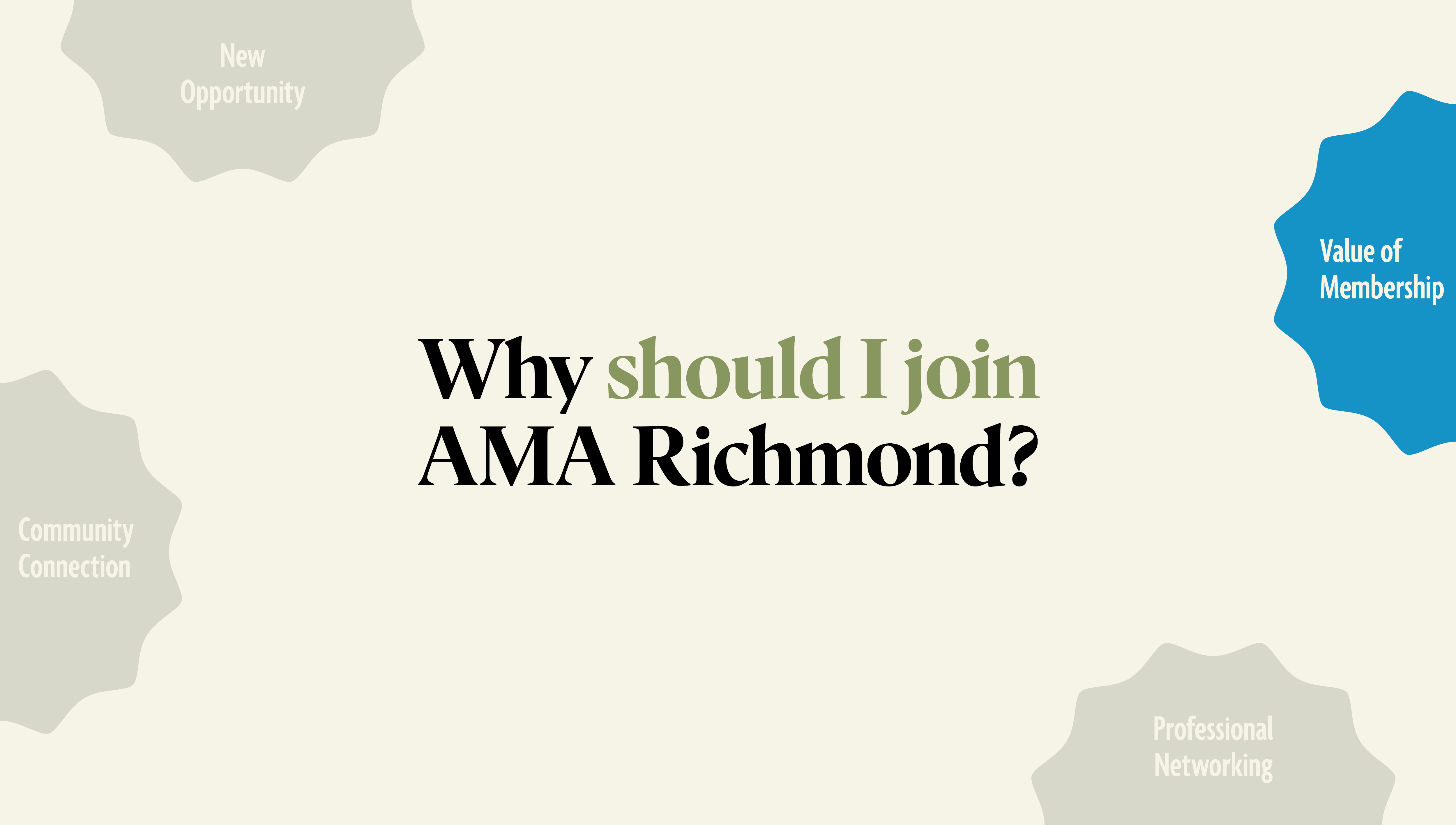Hubspot and Litmus recently released The Science of Email 2014 that presents a report of observations about attitudes towards email marketing. The data includes both observational and self-reported data and gives insight into the science behind successful emails.
Observational and self-reported data were both a part of this report in order to show the difference in what people say they do and what they actually do. For example, two-thirds of respondents said they prefer mostly image-based emails, but according to observational data, the click-through rate decreased as the number of images in an email increased as seen below.
This is not to say that you shouldn’t use images in your email messages, but you should experiment with various images and text content to optimize your emails for the best response.
Here are some of the top takeaways we found in the email report.
Customers are more sophisticated with their emails
It was found that only about 12% of respondents read all of their emails. And 54% say that they use email filters to sort their emails automatically. This means that people are more advanced with inbox management and more sophisticated in how they use email. So it’s even more important for companies to have a strategic way to reach their audience and provide compelling value in order to be successful.
Younger audiences are more skeptical of emails
The survey found that Millennials (ages 18-29) were more likely to have a second email address to avoid unwanted email messages—meaning they are more skeptical of brand messages. It’s important to know that many in your target audience might not be providing an authentic email address. So in order to combat this problem, be sure to provide valuable content to your audience and be sure they know what they will be receiving when they sign up. Give them a reason to give you their real information.
Optimize for all devices
As expected, the younger survey respondents use their phones to read email more than the other users. However, desktop/laptop is still the most used device for all age groups. Surprisingly, people over the age of 30 were also likely to use a tablet to view email, so it is important to optimize for all devices when creating your emails.
In addition to devices, you should also optimize your emails for HTML and plain text. 79% of respondents between the ages of 30 and 44 prefer HTML, but only 49% of those over 60 do. Therefore, it’s important to know your audience to be sure you are giving them what they want.
Experiment with timing
Based on the survey, emails sent on Saturdays and Sundays had higher click-through rates (CTRs) than emails sent during the business week. During the business week, the last 3 days performed better than Monday or Tuesday. This is most likely due to people having a higher volume of email in the beginning of the week—meaning there is less of a chance of your email will be read. Additionally, an email is opened by 50% of recipients within the first 24 hours of sending.
While there are ideal times to send out emails, it mainly depends on your specific audience. The best way to get the most engagement is to perform A/B tests and send out two batches at different times. Then, continue to experiment with your emails until you determine the best times that work for your audience.
Top email platforms
The iOS platform has an overall market share of 39% (iPhone and iPad) in opened marketing emails. This is positive news for marketers as CSS and HTML are well supported in iOS, so your formatting will come through as intended.
However, Outlook took spot #2 at 13% and Gmail took spot #4 at 10% of the market share. Both of these platforms can strip the CSS from your emails and not render as you expect. That’s why it is important to know the email best practices for the top email platforms.
Impact of copy on success rate
A main takeaway from the report is that emails with 300 to 500 total non-HTML characters tended to have the highest CTRs. So marketers should focus on using very direct calls-to-action without a lot of extraneous text.
It was also found that as the length of a subject line increased, the CTR of those emails decreased. Subject lines should be short and to the point. Give enough to catch the attention of your audience, without being lengthy. Thirty to forty characters are a good guideline to follow.
Interestingly, the survey also looked at the CTRs of emails that included the word “newsletter” in the subject line and found that emails that included the word had lower CTRs. The difference was approximately 30%. This is probably due to recipients interpreting it as a “newsletter day” rather than an email that contains important or valuable information for them.
Personalization matters
Emails that include the first name of the recipient in the subject line were found to have higher CTRs than emails that did not. Personalizing your emails makes your content seem even more valuable and relevant to individuals. Also, emails that use the word “you” in the subject line have higher CTRs than emails that do not.
Email marketing is a key component of any online marketing program. The key takeaways are that people want emails that are optimized for mobile and personalized to them. They want content that is valuable and relevant. In doing this, you’ll see your CTRs being to rise.




